Friday, 12:00pm
16 June 2023
Best in class
The ISTD’s Student Assessment Scheme crosses borders through typographic excellence. Barrie Tullett, who was on the jury, reports
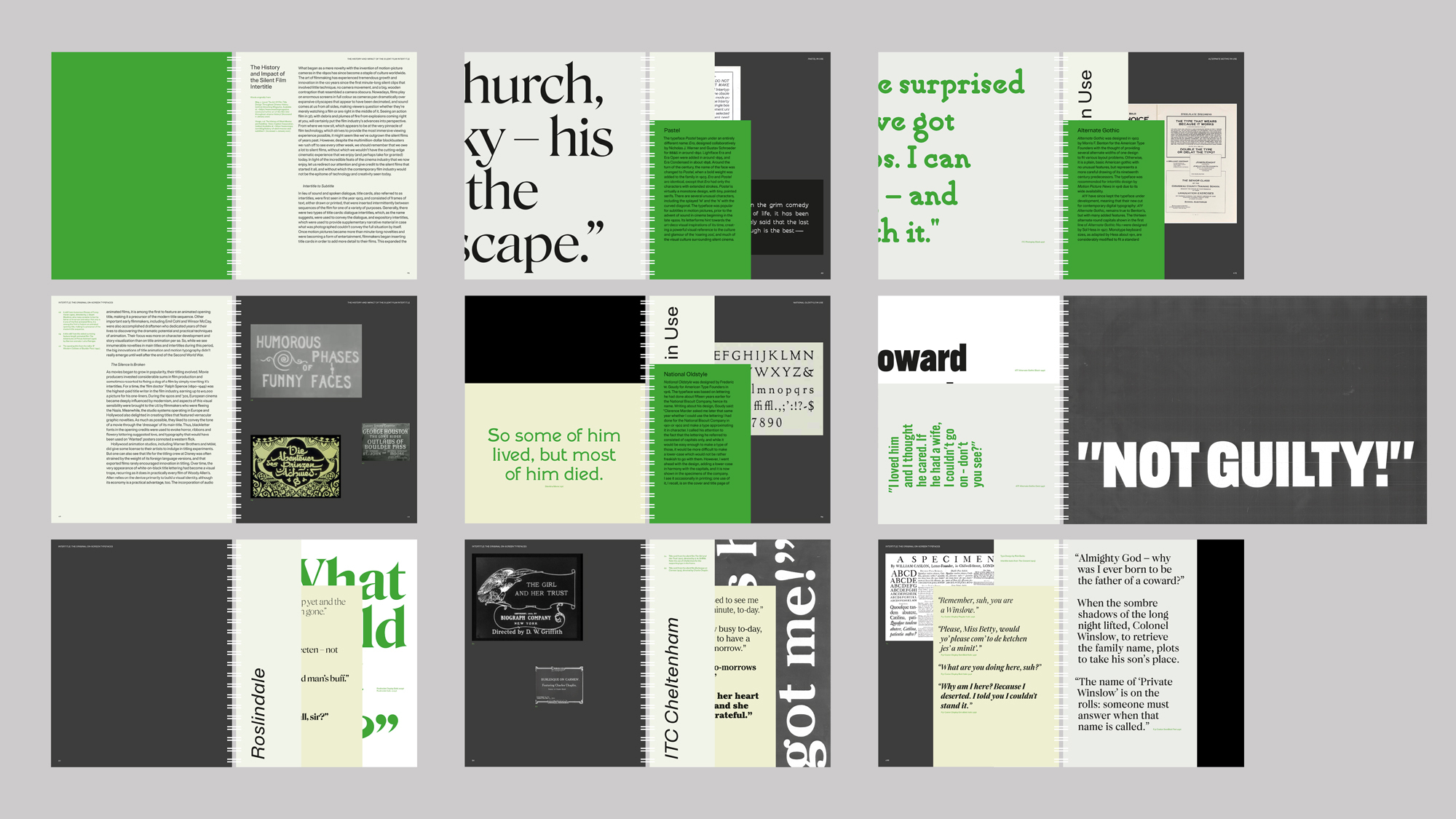
The International Society of Typographic Designers (ISTD) began in 1928 as the British Typographers Guild and has steadily enlarged its geographical scope over the past 95 years, writes Barrie Tullett.
The ISTD’s Student Assessment Scheme started in 1975 – not technically competition as it considers the ‘holistic achievement’ rather than the final outcome. Students are asked to choose from a range of briefs and create a response that is focused primarily (but not exclusively) on typography.
Once work is submitted, teams of practising designers and educators assess the design process. Regional assessments take place every year in Ireland, South Africa, Australia, North America, the UK and the Middle East, an addition dating back to 2003, when the need to include Arabic typography in the Scheme was recognised.
The ISTD has always valued typographic rigour. In issue 28 of TypoGraphic (1985), the cover of the journal addressed the question of ‘failing typographic standards within education’.
‘Streets in the sky’ by Elisha Mason from Winchester School of Art.
Top. Publication by Chloe Hulse from Kingston University, celebrating the world of silent cinema.
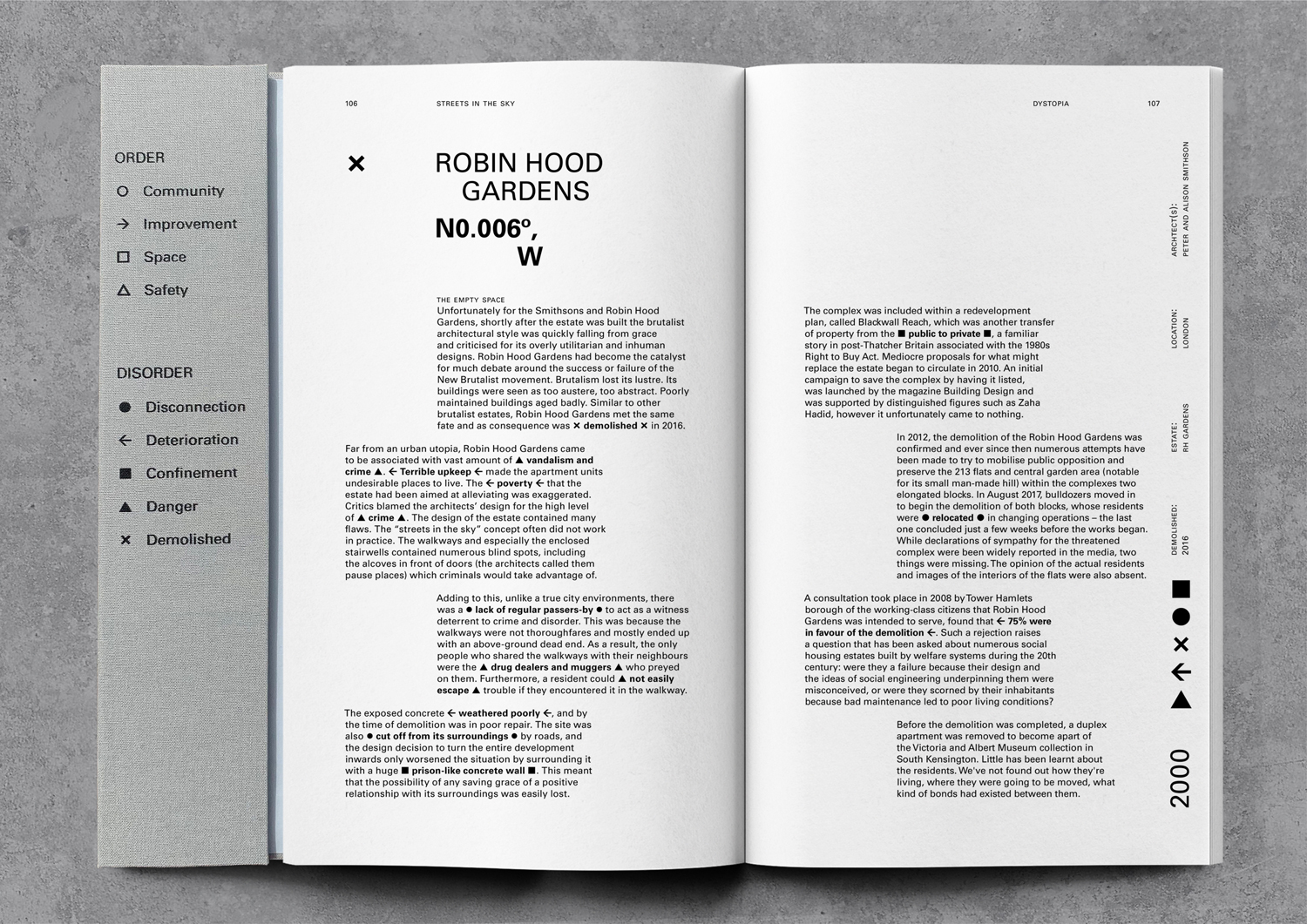
Project by Verona Roussialian from Notre Dame University in Lebanon.
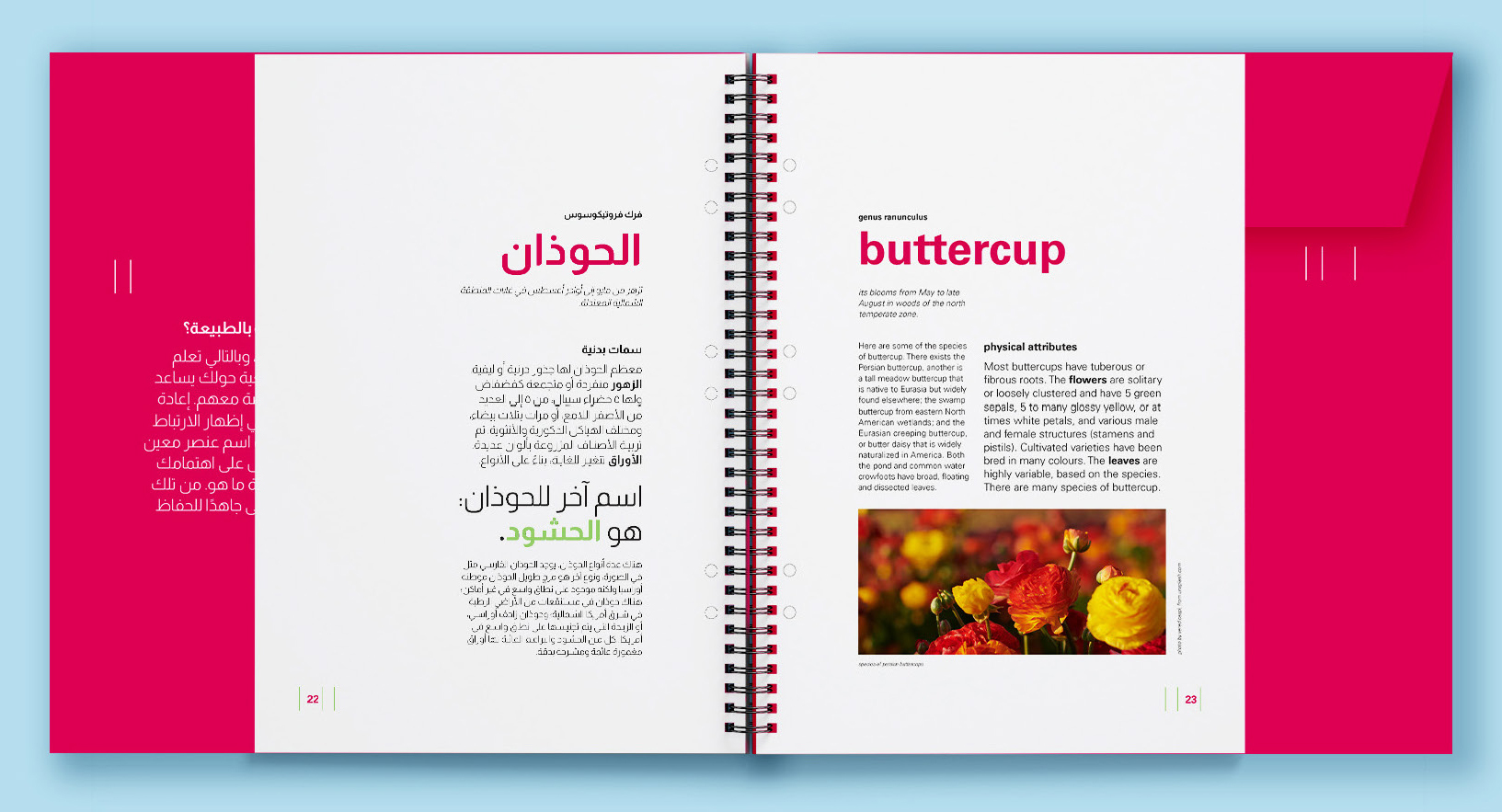
The Student Assessment Scheme continues to look at typographic skills as part of the marking matrix, but alongside the traditional qualities, rules and hierarchies of typography for print, the student briefs now embrace digital culture. At one point the ISTD briefs were written specifically for print or screen. The Scheme now has open-ended briefs that allow for any typographic interpretation – be it print, screen or an immersive, interactive environment.
Project briefs are suggested by members of the ISTD, voted on by the education panel and whittled down to a briefing pack that contains a shortlist of five. These will all have a diverse range of opportunities for research and development as the outcomes should have a typographic focus. Students might be asked to reinvent a traditional book for a new readership; typographically celebrate the world of silent cinema; break a taboo; create a protest campaign for a current issue they feel strongly about; or map the world as a typographic cartographer, focusing on culture, politics, society, science, geography, or the world as a yet unrealised utopian ideal.
‘The Sun and Us’ by Siwan Jones from Cardiff School of Art and Design.
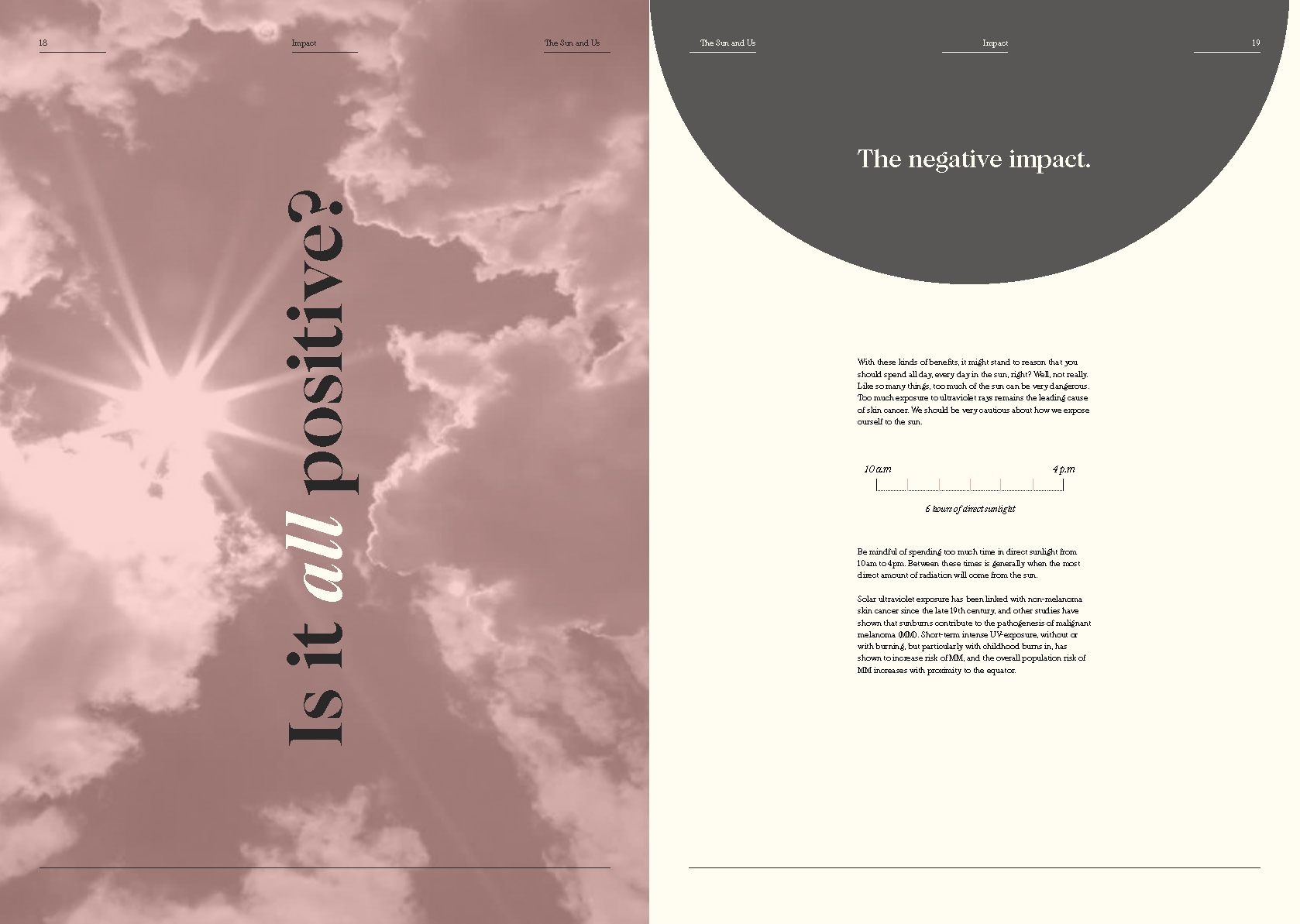
The ISTD Student Assessment Scheme continues to encourage, celebrate and advocate for the important role of typographic teaching, exploration and practice in higher education. For more information about joining the ISTD contact istd.org.uk/membership, and for more information about the Student Assessment Scheme, contact: istd.org.uk/sas
Spread throughout this article are some of the outstanding ISTD projects from last two years.
Megan Langely (University of Lincoln) responded to the ‘Mapping the World’ brief with a series of analogue typographic illustrations about the future of London.
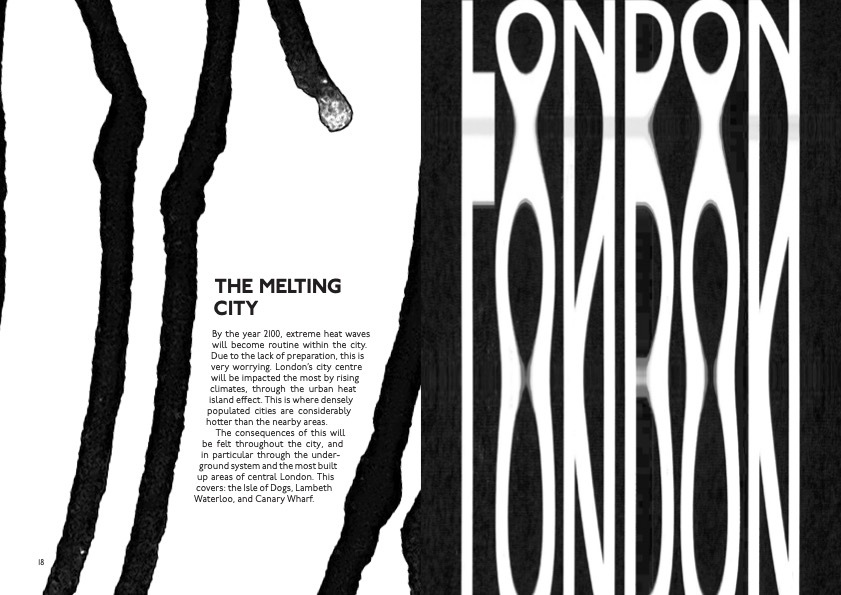
‘The Language of (un)Truth’ by Zoë Arlidge-Lyon from Duncan of Jordanstone College of Art and Design.
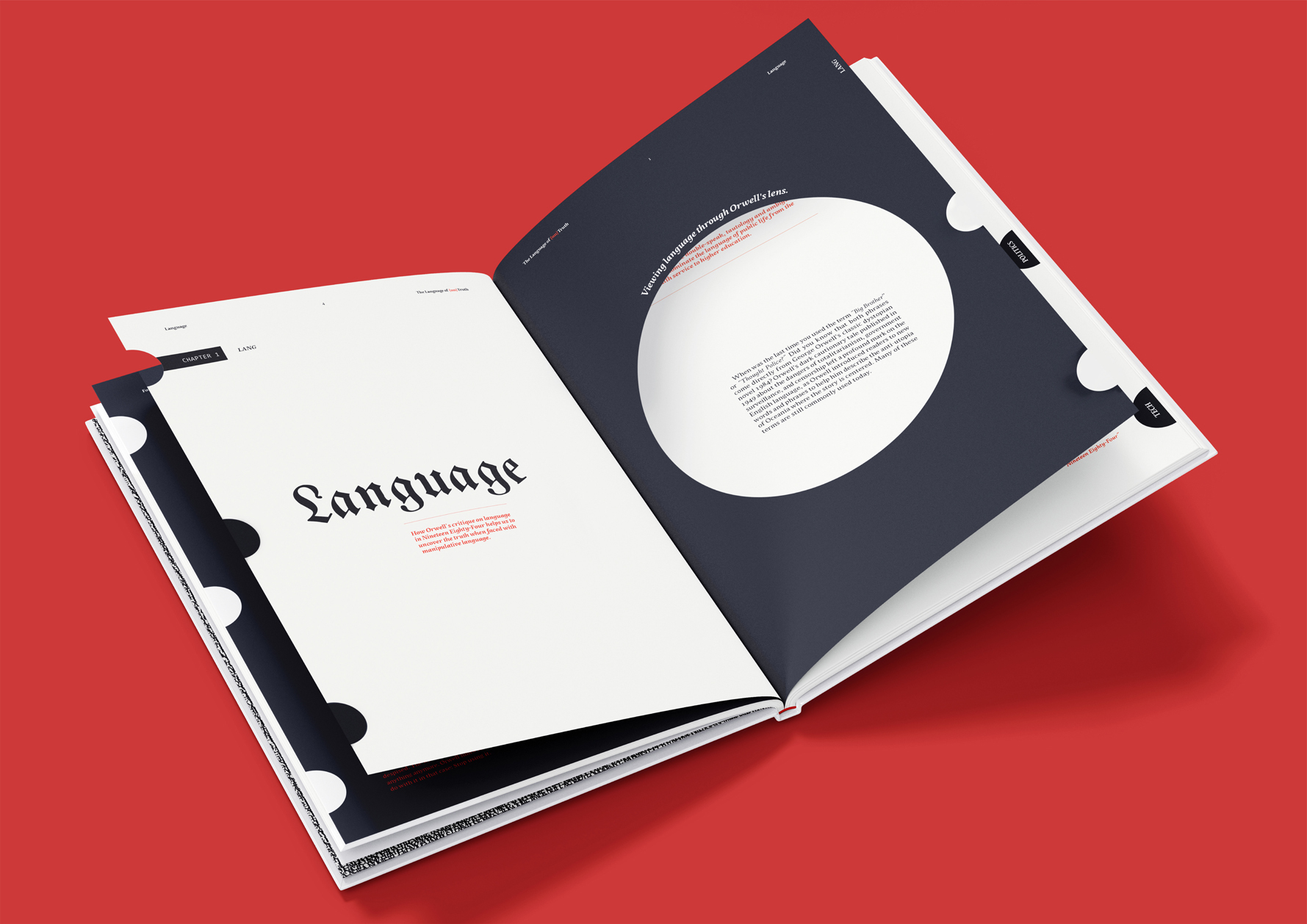
Barrie Tullett, designer, artist, publisher, educator, Lincoln
Eye is the world’s most beautiful and collectable graphic design journal, published for professional designers, students and anyone interested in critical, informed writing about graphic design and visual culture. It is available from all good design bookshops and online at the Eye shop, where you can buy subscriptions and single issues.
